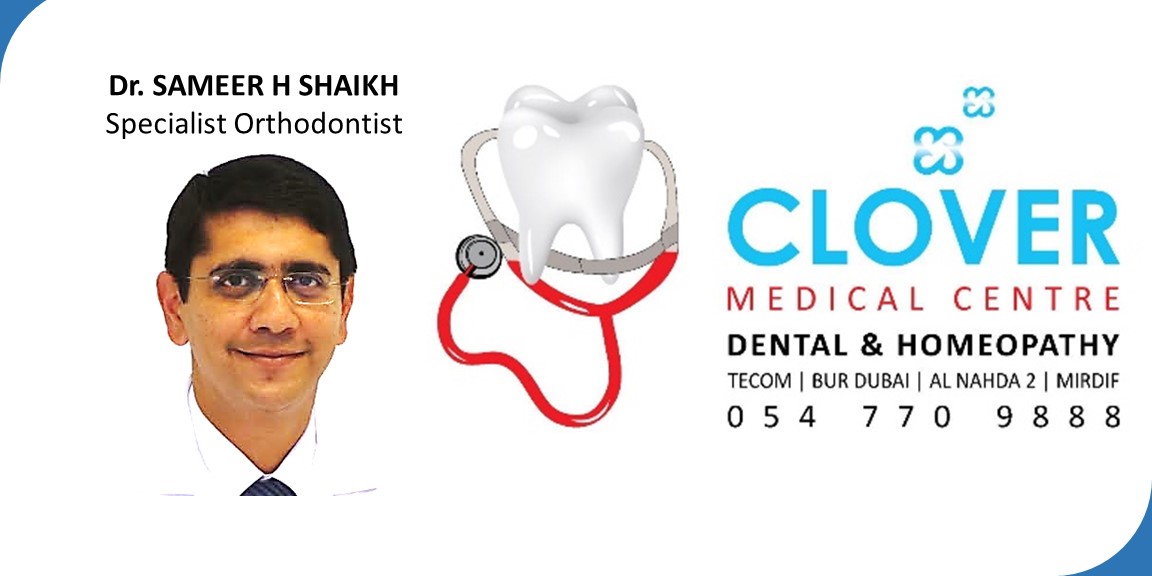1. Enamel is the hard outer crystal-like layer. Dentin is the softer layer beneath the enamel. The pulp chamber contains nerves and blood vessels and is considered the living part of the tooth.
2. Bacteria that are exposed to sugars or carbohydrates can make acid, which attacks the crystal-like substance in the tooth’s outer surface. This process is known as demineralization. The first sign of this is a chalky white spot. At this stage, the decay process can be reversed. Using fluorides at home and in the dental office can help the tooth repair itself.
3. Demineralization continues. Enamel starts to break down. Once the enamel surface is broken, the tooth can no longer repair itself. The cavity has to be cleaned and restored by a dentist.
4 .The decay reaches into the dentin where it can spread and undermine the enamel.
5. If decay is left untreated, it will reach the tooth’s pulp, which contains nerves and blood vessels. The pulp becomes infected. An abscess (swelling) or a fistula (opening to the surface of the gum) can form in the soft tissues.
